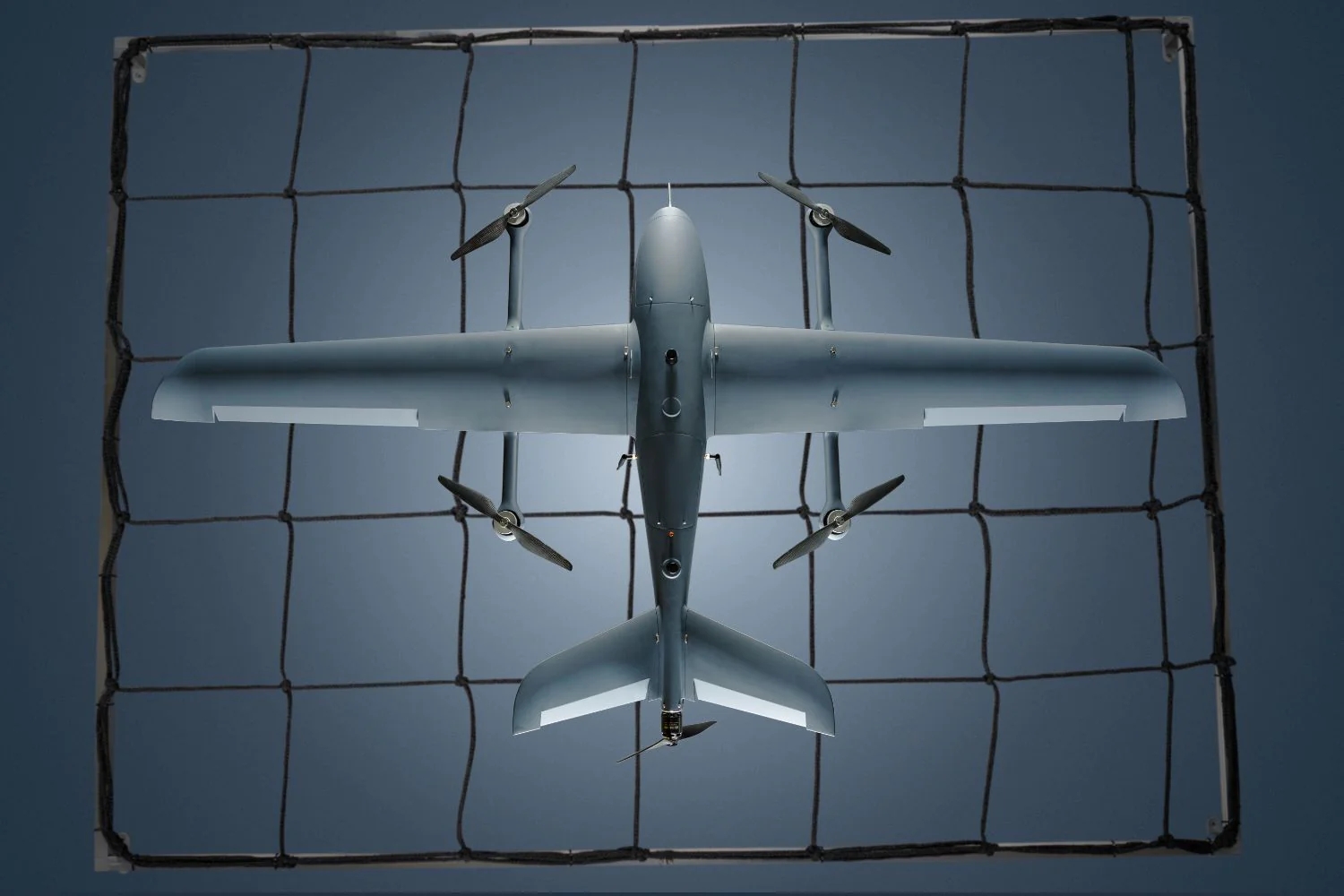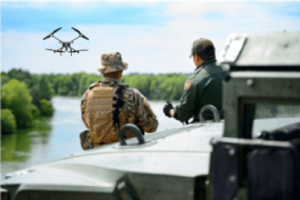The Drone Revolution in Law Enforcement
In recent times, the thought of a police drone silently patrolling above city streets might have seemed like a scene from a science fiction film, akin to ‘The Bourne Identity’ or an episode of ‘Black Mirror.’ Today, however, these advanced flying devices are an essential and often life-saving component of daily police operations from Los Angeles to Moscow.
What drives this enthusiasm? Drones provide distinctive benefits:
- Real-time aerial surveillance
- Immediate deployment in urgent situations
- More economical than helicopters
- Enhanced officer safety in perilous conditions
- Accurate data collection for investigations
Discover the cutting-edge ways police employ drones and understand the personal touch behind these modern devices.
Core Applications: How Drones Enhance Public Security
1. Emergency Response & Situational Awareness
When disasters occur, whether floods, building collapses, or wildfires, every second is crucial. Cameras with thermal imaging or high-definition capabilities on drones can be activated instantly to assess disaster sites or rooftops, search for survivors, outline hazards, and relay situational data before responders arrive.
Expert Story: In 2023, drones were instrumental during significant flooding in Khabarovsk, aiding the rapid identification of families on rooftops. Real-time video streams enabled rescue operations to location victims accurately, conserving both time and energy, and saving lives.
Key Features:
- Night vision and thermal imaging for detecting life in smoke, debris, or darkness.
- Capacity to stream live video to command centers, enhancing the efficiency and rapidity of rescue efforts.
2. Crowd Monitoring & Event Security
Organizing security measures at concerts, sporting matches, or protests can be a logistical challenge. Drones deliver an aerial viewpoint, overseeing crowds of thousands, spotting suspicious behavior, and enabling police intervention before situations become critical.
Case Study: During the 2024 UEFA football championship in Germany, drones equipped with advanced analytics helped to uncover densely concentrated crowd spots, permitting officers to redirect movement and prevent accidents.
Benefits:
- Efficient oversight of crowd activities and the creation of heat maps to foresee bottlenecks.
- Immediate identification of dubious packages or disturbances.
- Capacity to document events for subsequent review and accountability.
3. Traffic Management & Accident Reconstruction
Let go of traffic helicopters and delays for gridlock notifications. Drones now facilitate real-time highway monitoring, highlighting traffic issues, accidents, or dangerous driving. Following significant accidents, aerial images allow the rapid creation of exact 3D accident reconstructions, minimizing road closures and mistakes.
Real-Life Example: In São Paulo, police utilized drone footage to reconstruct a multi-car incident. Investigators employed aerial 3D models to swiftly assign culpability, expediting insurance and legal processes.
Added Value:
- Swift recognition of breakdowns or accidents, ensuring rapid emergency response.
- Optimization of traffic signals during significant events or emergencies.
4. Catching Criminals & Gathering Evidence
Police drones are invaluable in the identification, tracking, and capture of suspects:
- In high-speed chases, drones provide a continuous overhead view, tracking suspects through unfamiliar territories.
- For SWAT operations (Special Weapons And Tactics) or hostage scenarios, drones safely scout premises, identifying threats without direct officer involvement.
- When preserving crime scenes, drones offer panoramic evidence collection from above, gaining insights that ground-level photos might miss.
5. Search and Rescue Operations
Time is of the essence when individuals are lost in parks, forests, or disaster zones. Drones can scan extensive regions promptly, utilizing infrared and night vision capabilities to locate individuals who might escape the view of search parties on the ground.
Statistic: Search teams using drones report finding missing individuals up to ten times faster as opposed to traditional search approaches, saving lives, particularly under adverse conditions or at night.
Advanced Technology: What’s on Board a Police Drone?
Today’s police drones transcend the abilities of recreational gadgets:
- Thermal/infrared sensors for heat signatures
- Facial recognition and license-plate reading (when permitted by law)
- Live audio and video streaming to control stations
- Tethered power supplies for prolonged observation periods
- Automated flight paths and AI-driven analytics for object/person identification
*Interesting Insight: Russian humor often highlights the “ever-wary flying neighbor,” but modern police drones are so subtle they might even hold the world’s top hide-and-seek record!
Efficiency and Ethics: The Financial and Moral Landscape of Police Drones
Cost-Effective & Eco-Friendly
- Individual police drones are substantially more economical than traditional helicopters (reducing fuel usage, minimizing upkeep, eliminating pilot risks).
- Drones have a quieter operational presence—decreasing the impact on public routine and local wildlife.
Privacy and Public Confidence
The uptick in police drone usage brings about debates around privacy, clarity, and ethics. Departments should:
- Acquire the appropriate permits and adhere to national/regional drone guidelines for lawful and moral operations.
- Be transparent with the public regarding when, why, and how drones are employed.
- Restrict surveillance to essential, pre-sanctioned situations, avoiding habitual espionage.
Expert Advice: Agencies that clearly communicate their drone policies (e.g., “Monitoring is limited to event zones, with footage kept for only 30 days”) typically secure greater community trust and collaboration.
Emerging Trends & Real Innovators
Drone as First Responder Initiatives
Several US and European cities are piloting “drone as first responder” (DFR) programs. When emergencies are reported, a drone launches from the station to arrive first at the scene, providing live video feedback to officers en route—boosting safety, situational awareness, and time management.
Environmental and Anti-Poaching Efforts
Police drones play a crucial role in combating illegal disposal of waste, safeguarding endangered species, and overseeing environmental hazards such as wildfires.
*Success Tale: In Kamchatka, drones enabled environmental police to capture illegal loggers, documenting the evidence and guiding enforcement teams to precise locations.
Drone Delivery & Communication Enhancements
An increasing number of drones are used to deliver medical essentials or radios to areas unreachable by road. During Siberian blizzards, communication drones have facilitated critical communications between rescuers separated by the elements.
Common Concerns, Avoidable Mistakes & Best Practices
Typical Challenges:
- Insufficient training: Pilots must undergo certified courses, pass examinations, and maintain accreditation levels—rookie flyers are unsuitable for police assignments.
- Regulatory ignorance: Regulations differ globally; unauthorized surveillance of private property can rapidly undermine trust.
- Excessive monitoring: The deployment of drones for inconsequential infractions can harm public trust, potentially leading to retaliation.
Top Expert Recommendations:
- Build a specialized team for drones—rather than distributing drones to general patrol officers.
- Invest in information security; confidential footage should be shielded like other police intelligence.
- Engage with community leaders and invite public operation in drone program policy assemblies.
*Team Highlight: Our drone operator personnel includes veterans, retired firefighters, and local technology enthusiasts—all trained extensively in piloting drones alongside conflict resolution and privacy safeguards. Combining these aspects builds trust within communities and ensures public safety.
Future Outlook: What Lies Ahead for Police Drones?
The upcoming years promise accelerated innovation:
- AI-powered analytics will provide real-time crime detection capabilities (coming closer to the futuristic “cop of tomorrow” concept).
- Swarm drone systems—utilizing a collection of drones working in tandem for large-scale emergencies or forest management.
- Seamless integration into citywide security systems, enabling the combined use of drones, CCTV, and officer devices for richer information sharing.
*Inspirational Idea: Think of the series “Chernobyl’s” filming drone; modern police drones go beyond capturing cinematic accounts—they prevent tragedies and boost safety through proactive measures.
In Conclusion: Drones and Their Human Interaction in Policing
Even as technology takes flight—quite literally—the essence of public security remains unchanged: it’s about people aiding people. Drones don’t supplant police forces; they enhance intelligence, safety, and community connection.
The next time you spot a drone observing from above, take comfort in knowing it’s not simply an automated device—it’s a partner to your local enforcement team, on guard to ensure everyone feels a bit more secure.
Remain safe, informed, and embrace the smarter future of public security.













